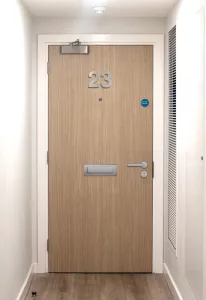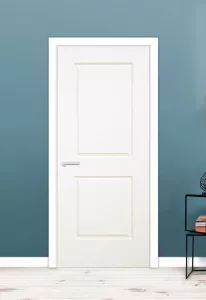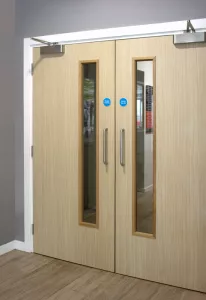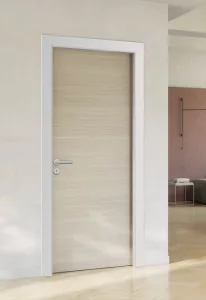What is the difference between PAS24 and Secure By Design?
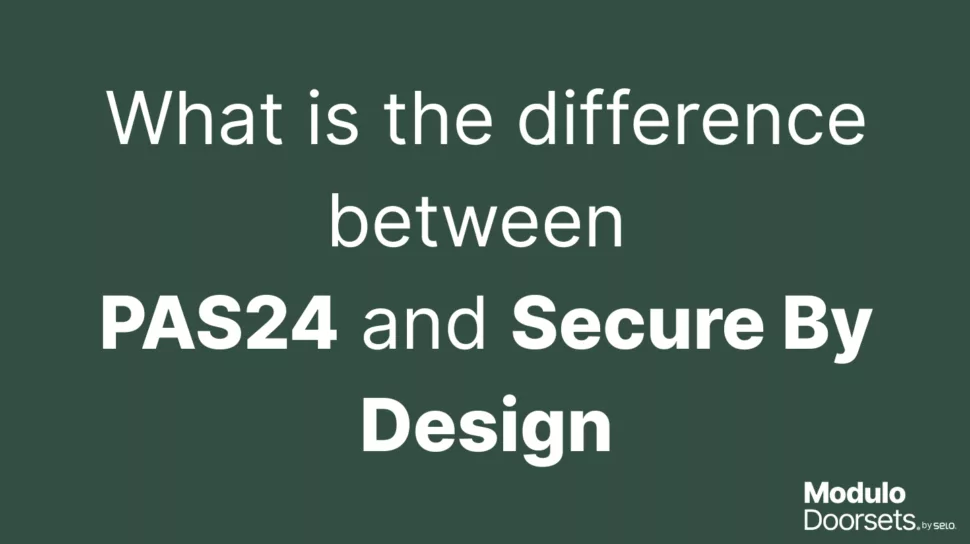
PAS 24
What is PAS 24?
PAS stands for ‘Publicly Available Specification’. It is a BSI fast-track product standard open to individuals and organisations across private and public sectors.
PAS 24 is a security testing standard to provide a method for testing the enhanced security performance requirements of doorsets and window types, intended to resist the levels and methods of attack experienced in the UK and normally associated with the Casual or Opportunist burglar. It is believed that these attacks are the result of an opportunity presenting itself with no particular regard to the likely reward that success might bring. Burglary attempts covered by PAS24 are likely to avoid noise and unnecessary risk. It is also considered more arduous and more appropriate for the UK than the European EN1627, EN1628, EN1629 and EN1630.
As risk is associated with time, the period spent attempting to gain entry is limited. That determines whether doors can withstand the typical ploys used by burglars to gain access. PAS24 is subject to regular reviews and updates to take account of emerging new methods of gaining entry.
Building regulations (detailed in approved document Q) require that in England new dwellings, easily accessible windows and doors must have passed either PAS 24 or a suitable alternative to help ensure adequate security. Even for existing properties, landlords, councils and architects will typically specify that the doors and windows used in their properties must have passed PAS 24 testing.
Secured by Design
What is Secured by Design?
Secured by Design (SBD) is not a product standard. It is the official police security initiative that is owned by the UK Police Service with the specific aim to reduce crime and help people live more safely. Founded in 1989 by the Association of Chief Police Officers (ACPO) in response to the increase in burglary and the need to improve security standards.
Secured by Design (SBD) is an internationally recognised mark of security excellence, with the specific aim to reduce crime and help people live more safely. One of its main aims is to reduce crime by endorsing products that make it more difficult for criminals to succeed in their nefarious aims. The types of products can range from padlocks to alarms and, of course, doors. Products that have gained SBD accreditation give confidence to buyers that they will provide a robust level of security. In effect, the SBD logo acts as a mark of approval, and the Scheme as a whole, has been credited with reducing the number of break-ins and burglaries across the UK.
It’s of note that the remit of Secured by Design has over time been extended from examining products designed to prevent crime to also cover those that relate more widely to public safety and security, such as those designed to keep people safe in the event of a fire.
SBD don’t carry out testing but rather provides a voluntary accreditation. A company wishing to join SBD will be required to show the doors have been tested and certified for security and where relevant fire resistance. It is also a requirement for products like doors and windows to be certified by a United Kingdom Accreditation Service (UKAS) certification body before being considered for SBD’s Police Preferred Specification. This involves the testing and re-testing of products to ensure product standards are maintained over time as well as factory production control and regular production audits.
So how are PAS 24 and Secured by Design connected?
SBD accreditation typically requires a product to have achieved a recognised standard by passing the appropriate tests. In the case of doors and windows, the requisite standard in England is PAS 24. In other words, a door that has SBD accreditation must, by definition, have also passed the PAS 24 test.
PAS 24 is therefore a security test applying to doors and windows that sets a general standard of effectiveness recognised across the building industry. Successful PAS 24 testing is also an essential prerequisite for achieving Secured by Design approval. Where the door in question is also a fire door it must be dual certified by a recognised certification body for both fire and security performance for example Certisecure and Certifire certification is recognised by SBD as meeting its requirement.

